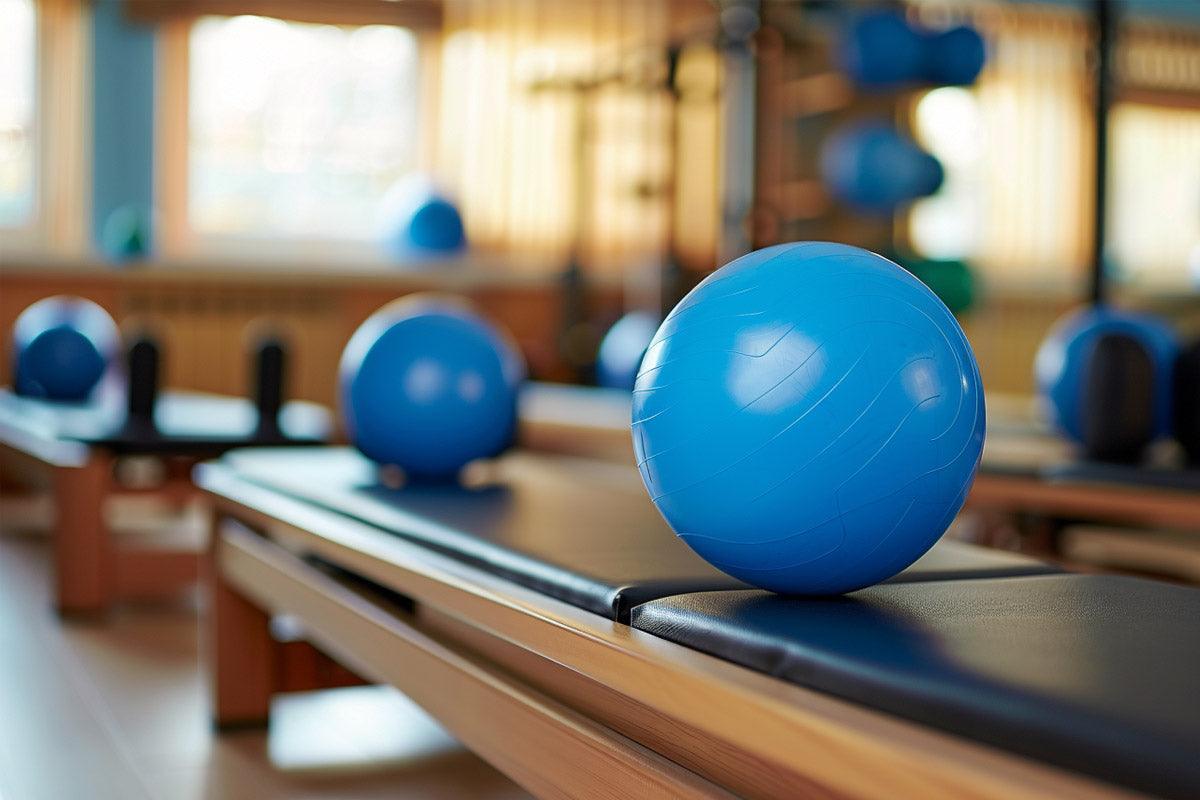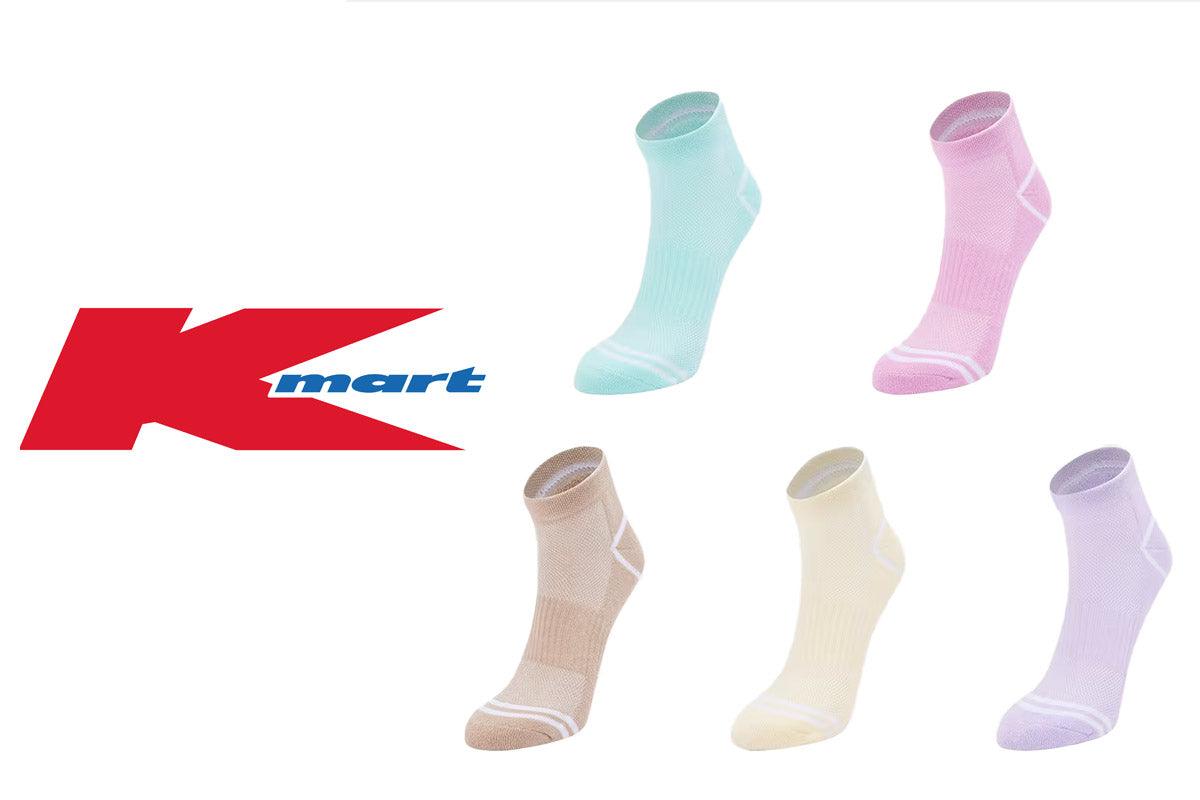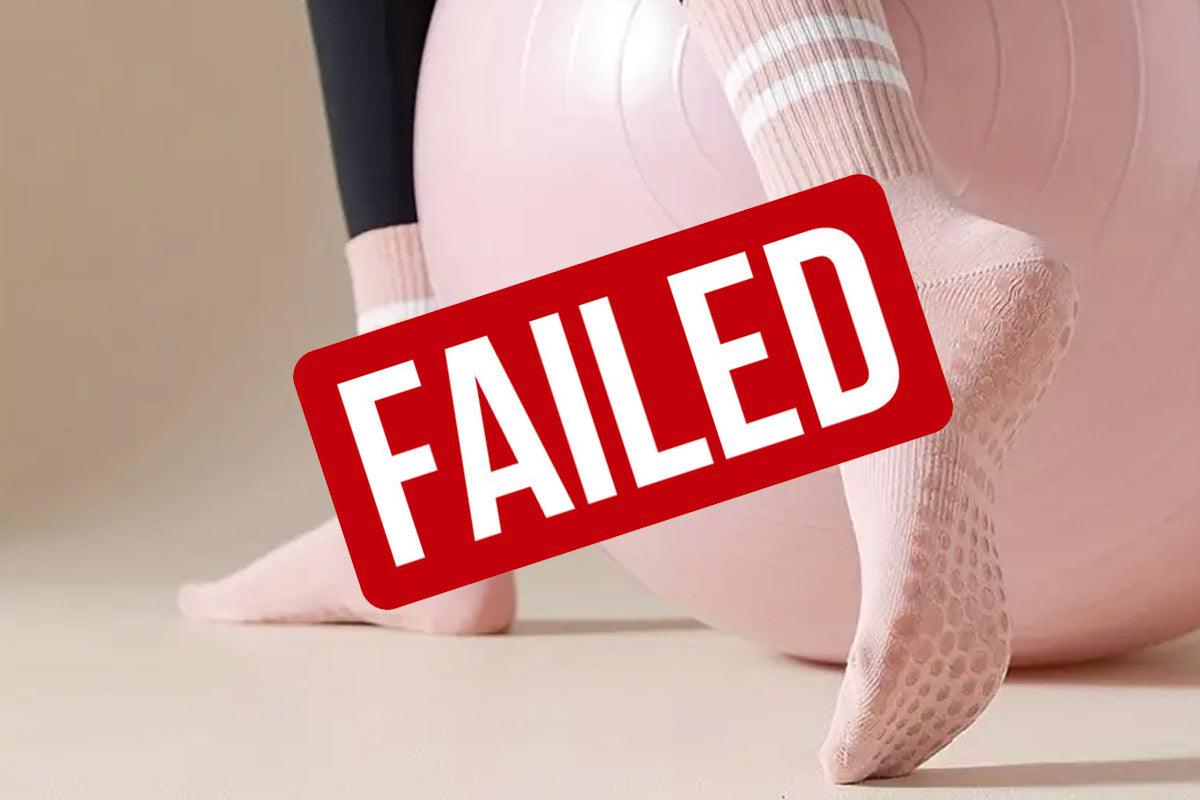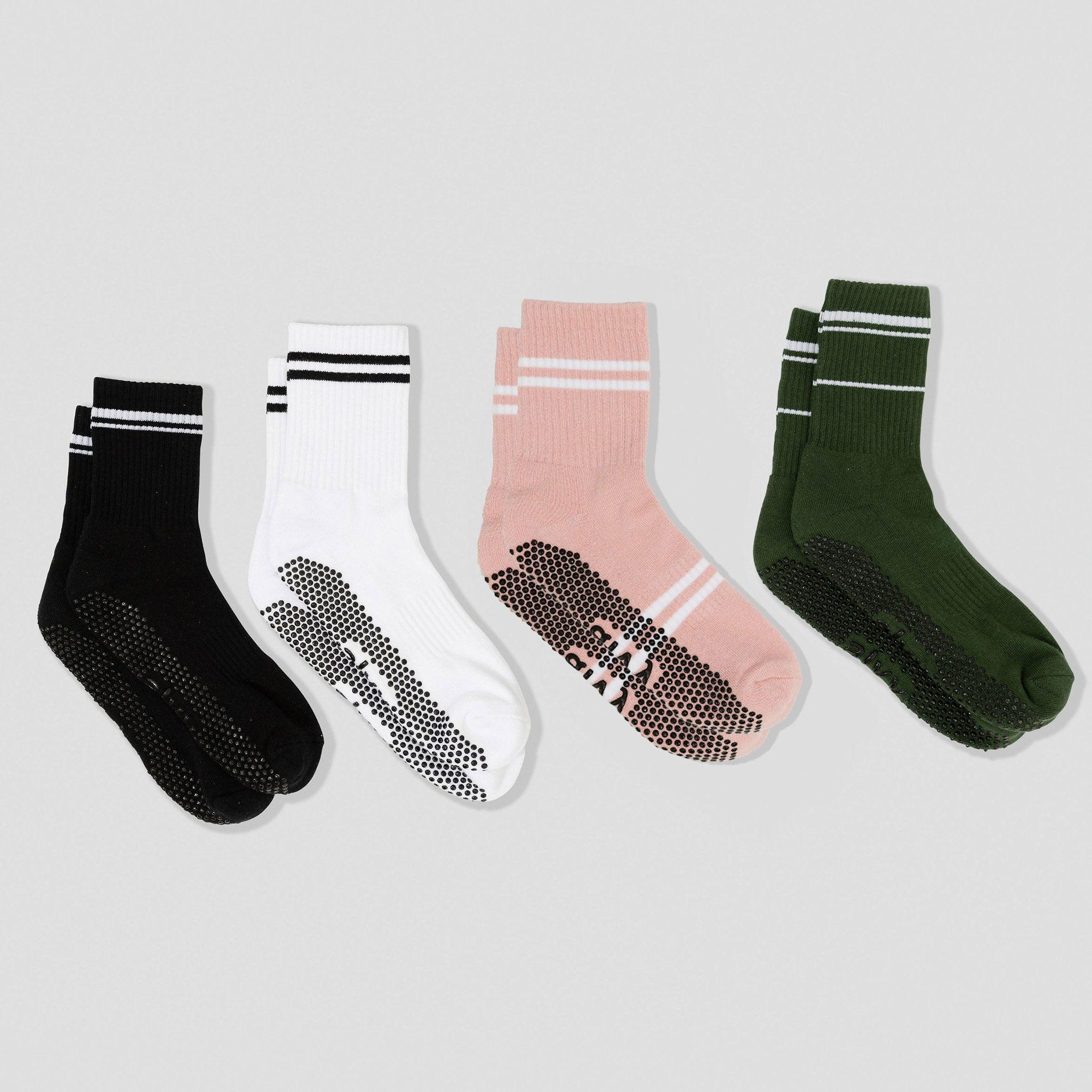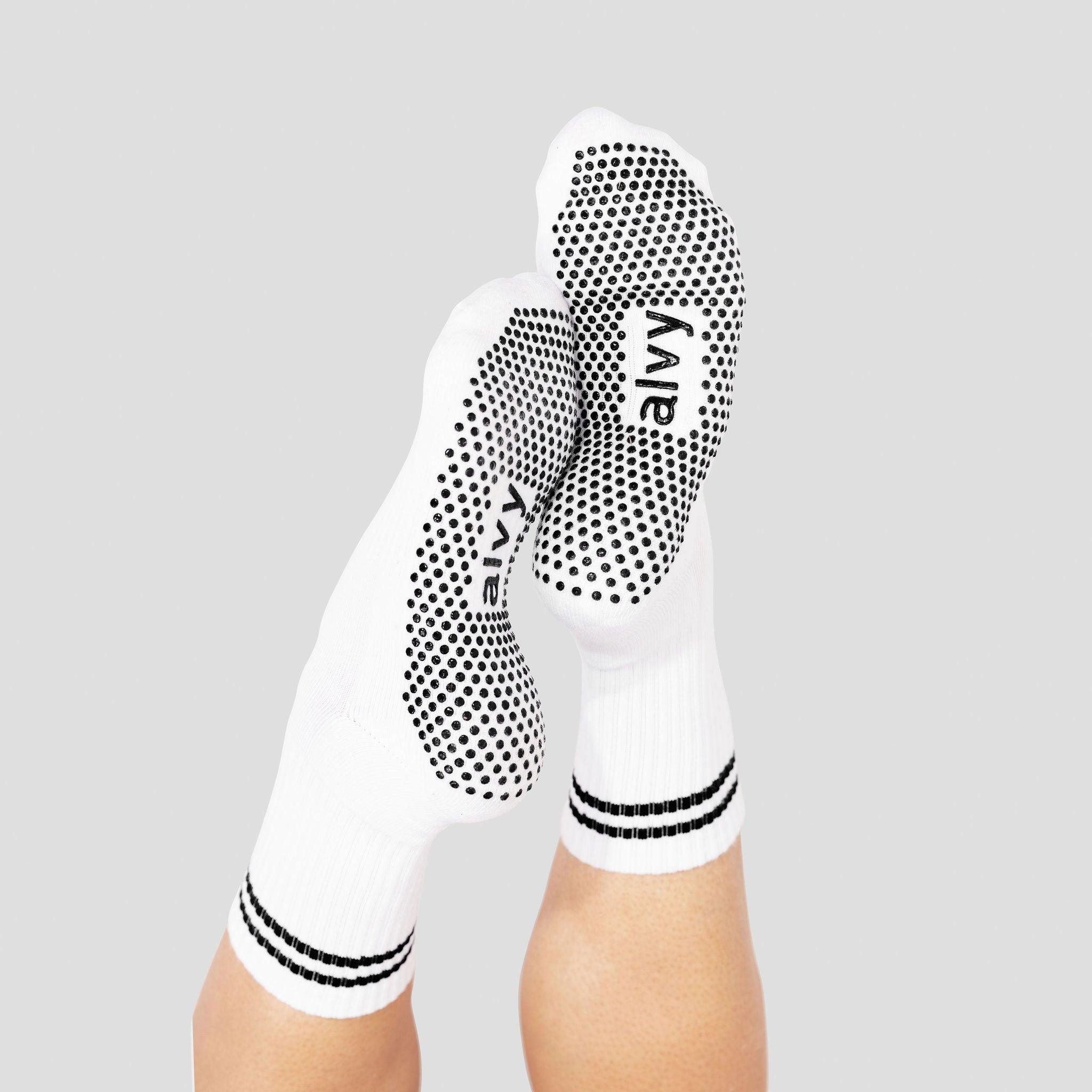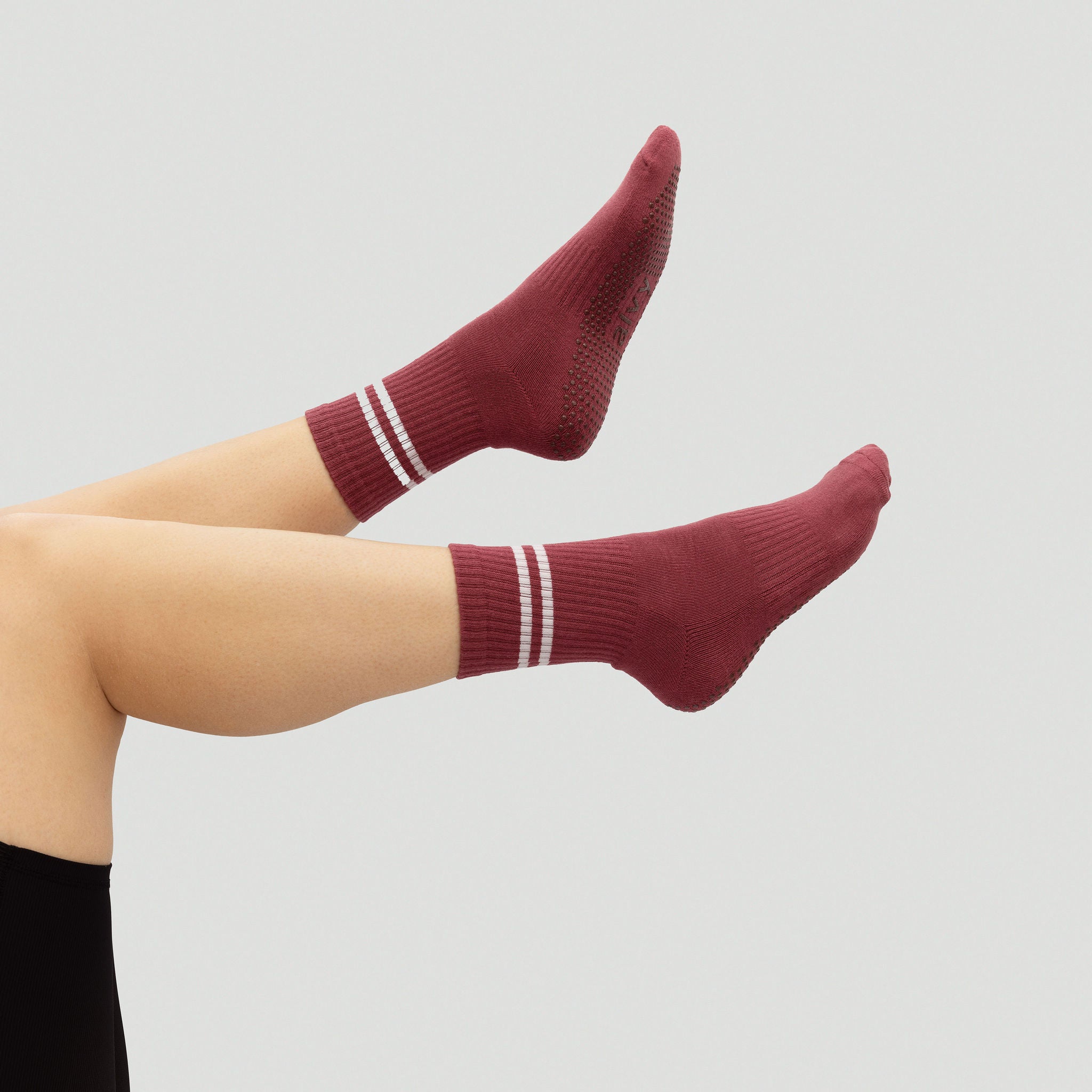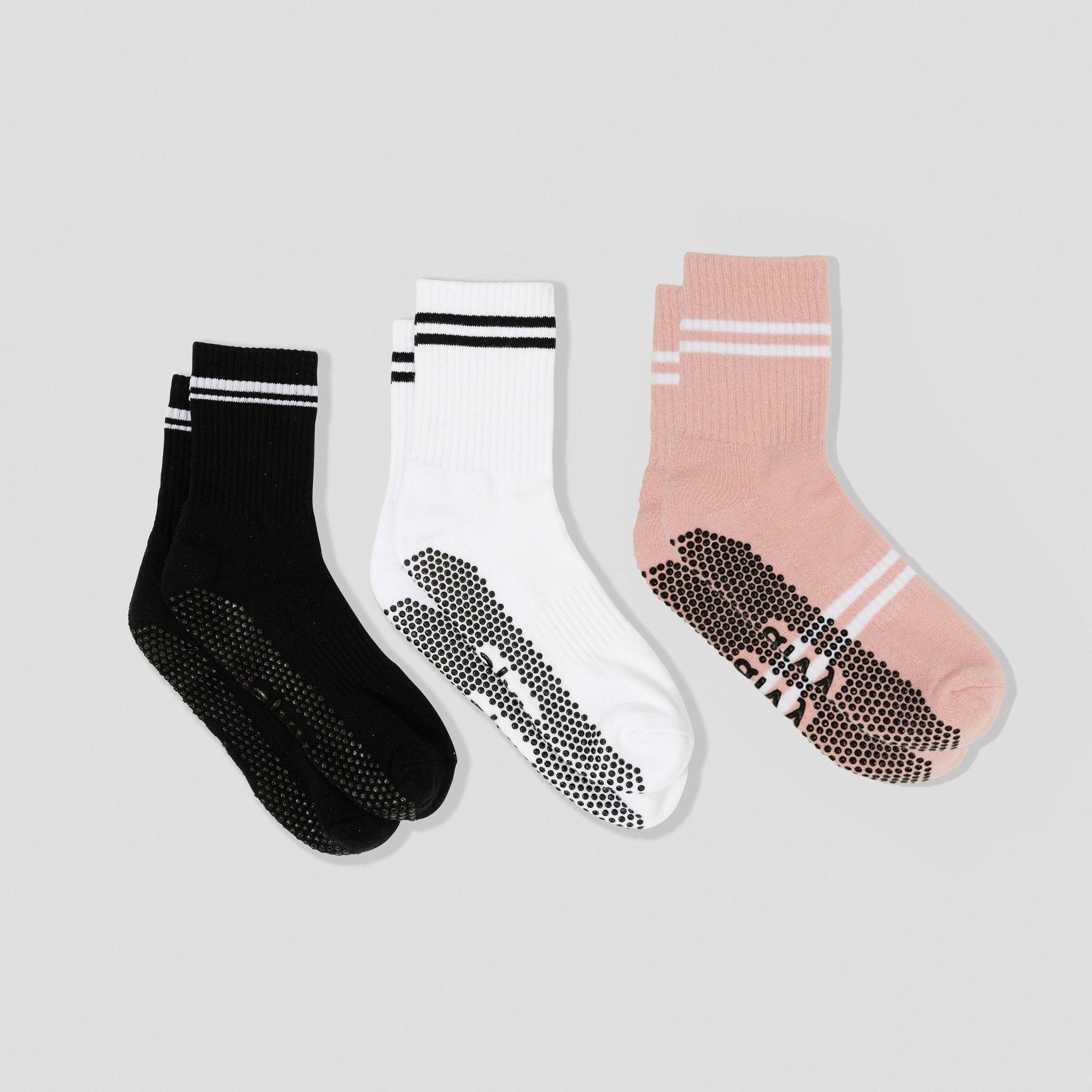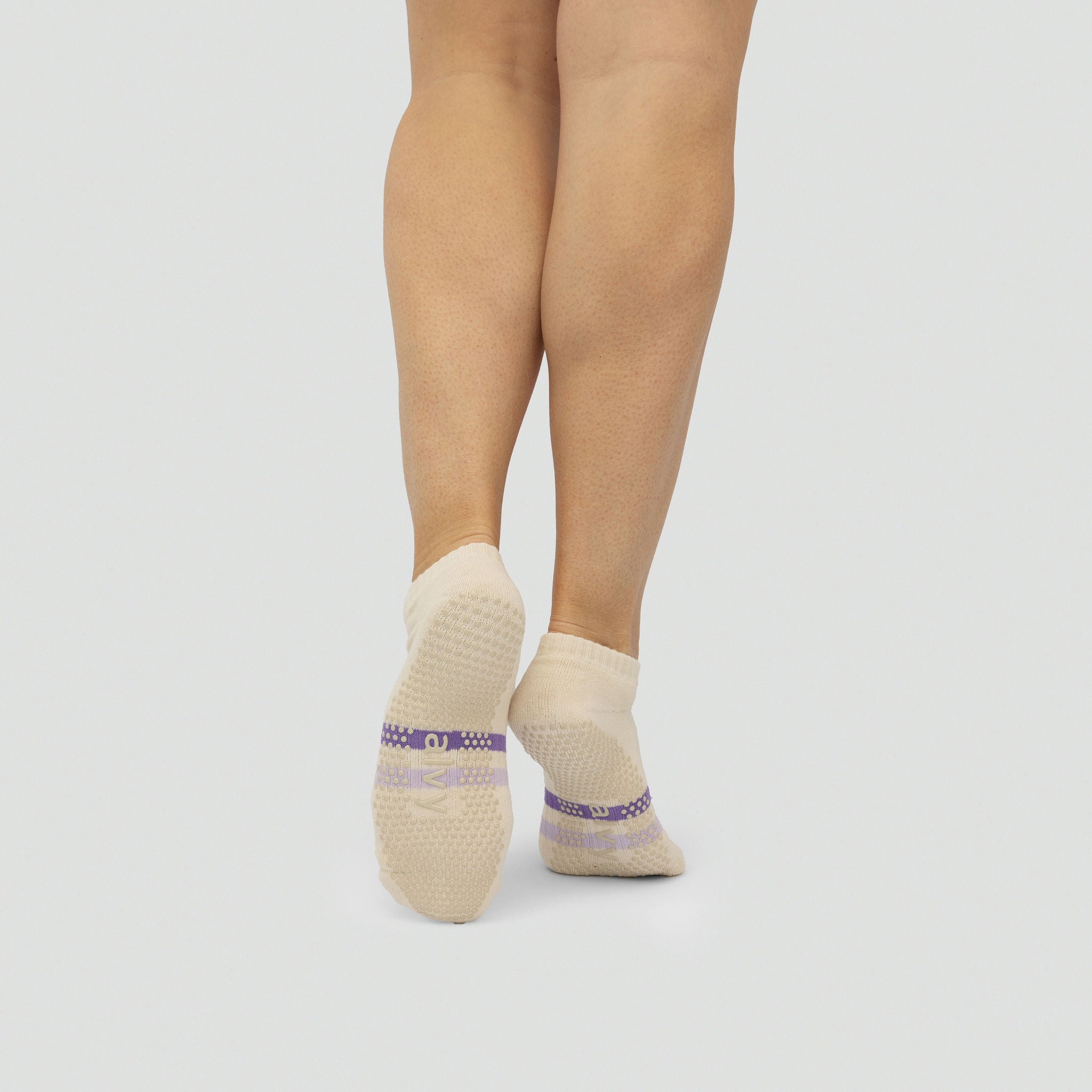If you want to get the most out of your Pilates workouts or simply make a routine more challenging, then getting the right accessories can make the difference. Each accessory serves a different purpose, targeting different muscles, supplementing technique, or adding variation to your workouts.
If you have been to a reformer Pilates class, some will look familiar, and some will not. Let's take a deeper look at some necessary and handy accessories.
Essential Accessories For Your Pilates Workout
1. Reformer box
The Reformer Box, often known as a Pilates Box, is a commonly used accessory since it provides a lot of variation to several Pilates workouts. You can place it lengthwise on your reformer, called the “long box”, to enable exercises like shoulder presses. Otherwise, placing it crosswise on the reformer, dubbed the “short box” will provide a seated platform for various arm exercises using the straps. Either way, the reformer box provides a stable and elevated platform for beginner and advanced routines.
The EchoMe Pilates Reformer Box is a great option. It costs $119.20 on Amazon.
2. Jump board
The jump board is your go-to accessory if you want to incorporate cardio into your reformer Pilates program. It attaches to the foot of the reformer and allows you to do plyometric activities by leaping against the board. You can do these either lying down or seated, and it is a low-impact approach to raise your heart rate without hurting your joints.
Getting a jump board is a great way of bringing in interval training and cardiovascular exercise without sacrificing the core-strengthening advantages that Pilates brings.
Picture credit: Pilates.com
3. The magic circle
The magic circle, also known as a Pilates ring, is a common accessory found in reformer classrooms. It is a flexible ring with padded handles that can be used for various Pilates reformer exercises, making it one of the more versatile accessories you can invest in. The ring engages the core, legs, and arms, delivering resistance and feedback while moving. 
Picture credit: Aloyoga.
What does this mean? For example, you might place the ring between your ankles or thighs while doing long legs in straps. The idea is gently squeezing the ring to activate your inner thigh muscles while maintaining spring tension.
The magic circle is especially beneficial in exercises like the hundred or arm series, where it promotes good form and alignment while also providing a challenging resistance aspect.
4. Footstrap
The foot strap is a basic yet effective attachment for improving stability and alignment during reformer movements. If you haven’t used one, you’re in for a treat.
The footstrap works by attaching it to the reformer's carriage and placing your feet under it. Then, you can perform a variety of leg and back workouts, such as leg circles or frogs. But placing a reformer box on the carriage introduces additional exercises that focus on stretching your back and improving core strength.

Picture credit: Pilates.com
5. Foam roller
The humble foam roller improves your balance, core stability, and muscular release. It's ideal for exercises that require stabilisation, like the Long Stretch or Pike, because it strengthens your core and enhances proprioception.
But most of its applications are after your Pilates workout when you can use it for myofascial release to relieve muscular tension and promote recovery.
Related: These are the best Pilates apps for Australians.
6. Resistance bands
Resistance bands are easily one of the best pilates accessories for mat workouts. They are cheap, accessible, and easy to use. You can normally buy several bands in a package, and each strap has its own degree of elasticity, letting you customise the resistance to your strength and fitness level.
You won’t usually find resistance bands at a commercial pilates gym, but they are great for home workouts because they are useful for stretching and strengthening. They are also small and portable, making them suitable for both studio and at-home reformer training.
7. Padded platform extender
The padded platform extender is a cushioned board that can be fitted to the reformer to provide additional room and comfort while exercising.
Mostly used by taller people, the extension improves your comfort in exercises like arm reaches by increasing the surface area for lying down.
8. Small Pilates ball

A small Pilates ball is a commonly used Pilates accessory found in many studios. This soft, inflated ball can be placed under various body sections, such as the lower back, between the knees, or beneath the feet, to increase the difficulty of stabilising muscles.
It's ideal for workouts like the bridge and shoulder bridge, where core strength and balance are required
For many side exercises where the abs and obliques are engaged, Pilates balls such as the Meteor Mini Anti-Burst Pilates Ball (25cm) can also double as a headrest.
9. Gondola pole
The gondola pole, such as the Align-Pilates, is a useful equipment for home Pilates workouts. It's mostly used during standing exercises focusing on arm and back stretching. It’s particularly good at warming your arm, shoulders, and back before jumping on the reformer.
However, the benefits also include better coordination and stability since you place your hands at the ends of the pole and perform a series of rowing or circular actions.
10. Anti-slip mats
As the name suggests, anti-slip mats are designed to provide a more secure environment on the reformer's carriage, foot bar, or box. If you have a pair of our grip socks, an anti-slip mat isn’t needed.
Anti-slip mats nowadays come in a variety of materials and designs. Good ones like the TOMVAES Pilates Reformer Mat will fit into the headrest part of the reformer carriage.
The Benefits that Accessories Bring to a Pilates Workout
Increased versatility and variety
Accessories such as resistance bands and the magic circle can add variety to your workouts, making a session more enjoyable and engaging. The variety helps to prevent boredom but they also target different muscle areas for a more comprehensive Pilates session.
You can adjust the intensity
Pilates is all about personalising the experience, so accessories like resistance bands and adjustable dumbbells allow you to set the level of difficulty to what suits you.
Using these tools also tests your muscles in novel ways that you might not expect, resulting in greater muscle tone and general strength. For example, adding ankle weights to leg lifts increases the intensity of the workout by forcing your muscles to work harder to lift the increased weight.
Improved balance and stability
Many Pilates accessories, such as the small Pilates ball and reformer box, are intended to add instability to different routines. For example, using the small ball as a headrest will support your head when you don’t have the strength to do crunches just yet.
They test your range of motion
Accessories like the magic circle and resistance bands are great for assisting with stretches and increasing your range of motion. They offer support and leverage, helping you to stretch further and more comfortably.
For example, using a resistance band to aid in a hamstring stretch can help you get deeper while maintaining perfect alignment and control. The same effect can also be achieved using the magic circle.
Support and alignment where you need it
Proper support and alignment are essential for performing Pilates movements effectively and safely. Headrest pillows, yoga blocks, and anti-slip mats are good examples of accessories that are designed to support different body sections during a particular exercise.
This is especially useful for people with restricted flexibility or mobility, as these tools can provide the essential support to perform exercises correctly and without strain.
Enhanced core engagement
Many Pilates exercises are designed to help you activate and strengthen your core. Some accessories can also be used to promote core activation while maintaining stability and control.
For example, holding the magic circle in the air while lying down on the reformer during squats will force your belly to be connected with your lower back. Not only does this activate your core (and you will definitely feel it), but it also helps to protect your lower back against injury.

